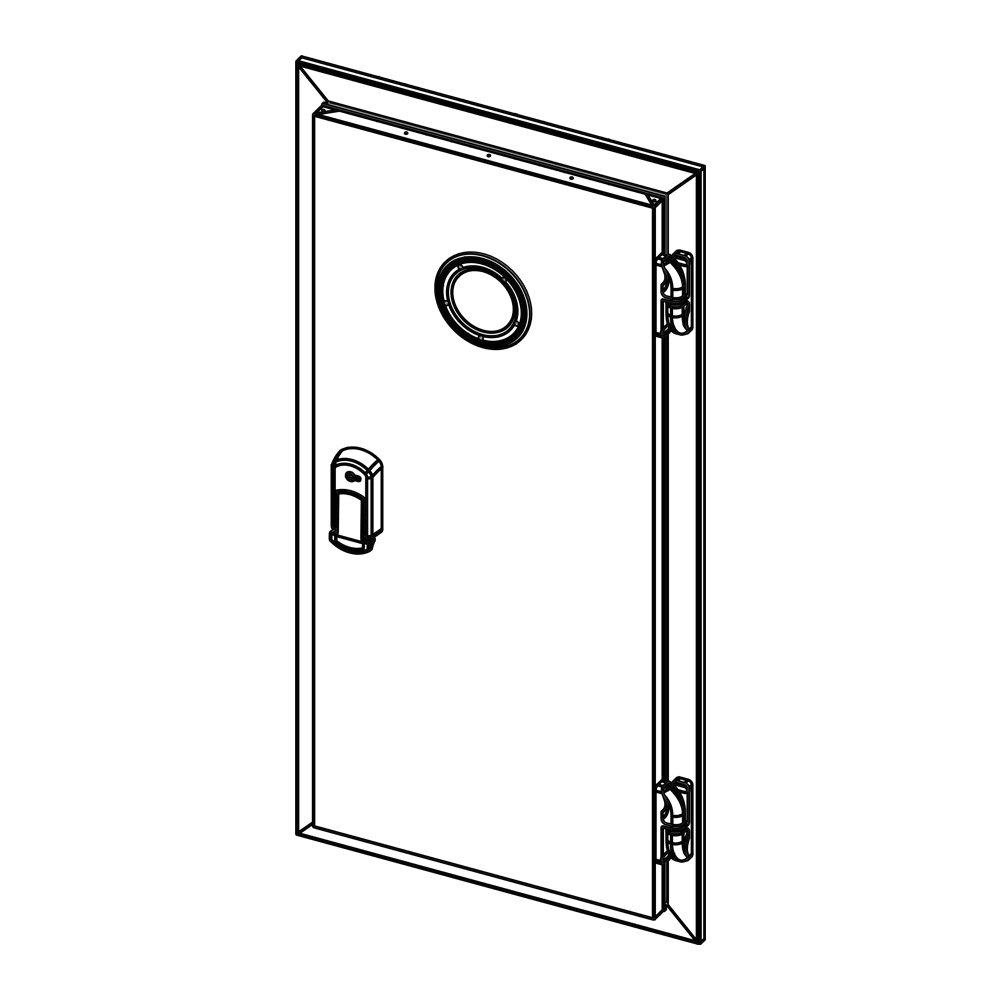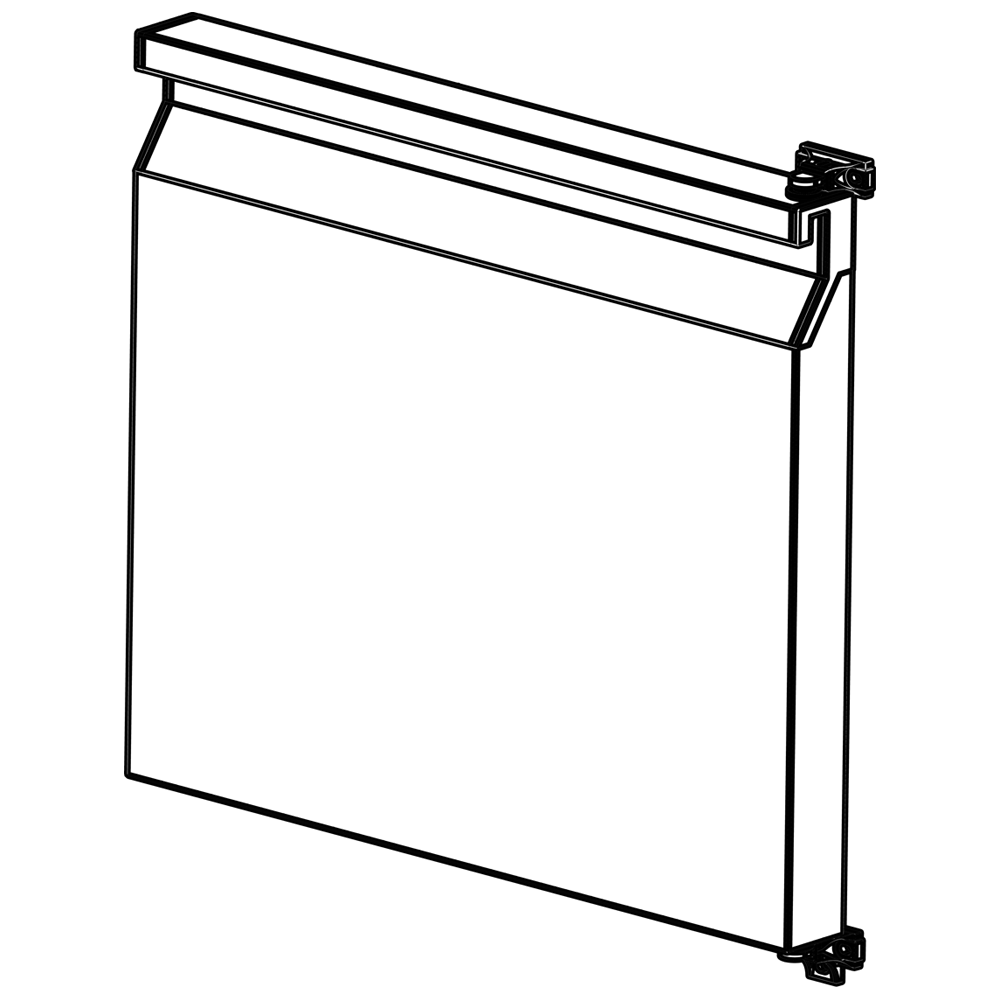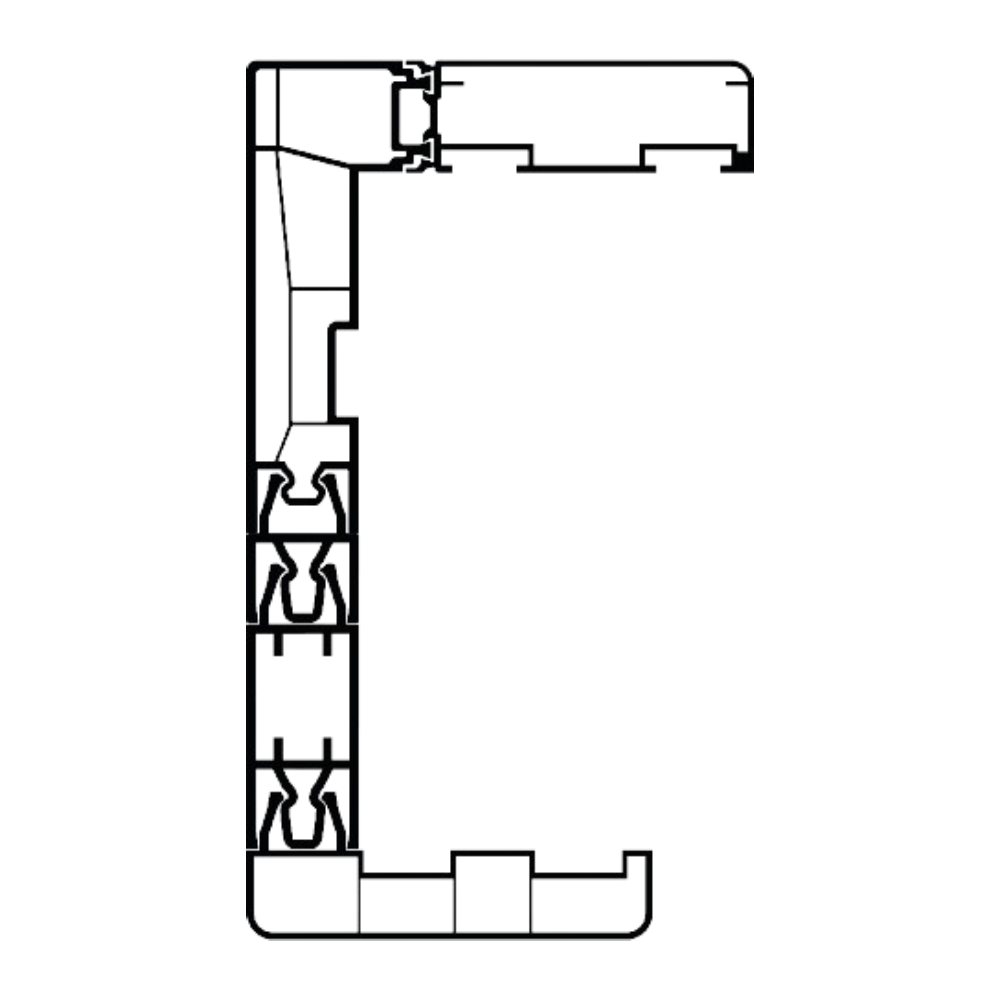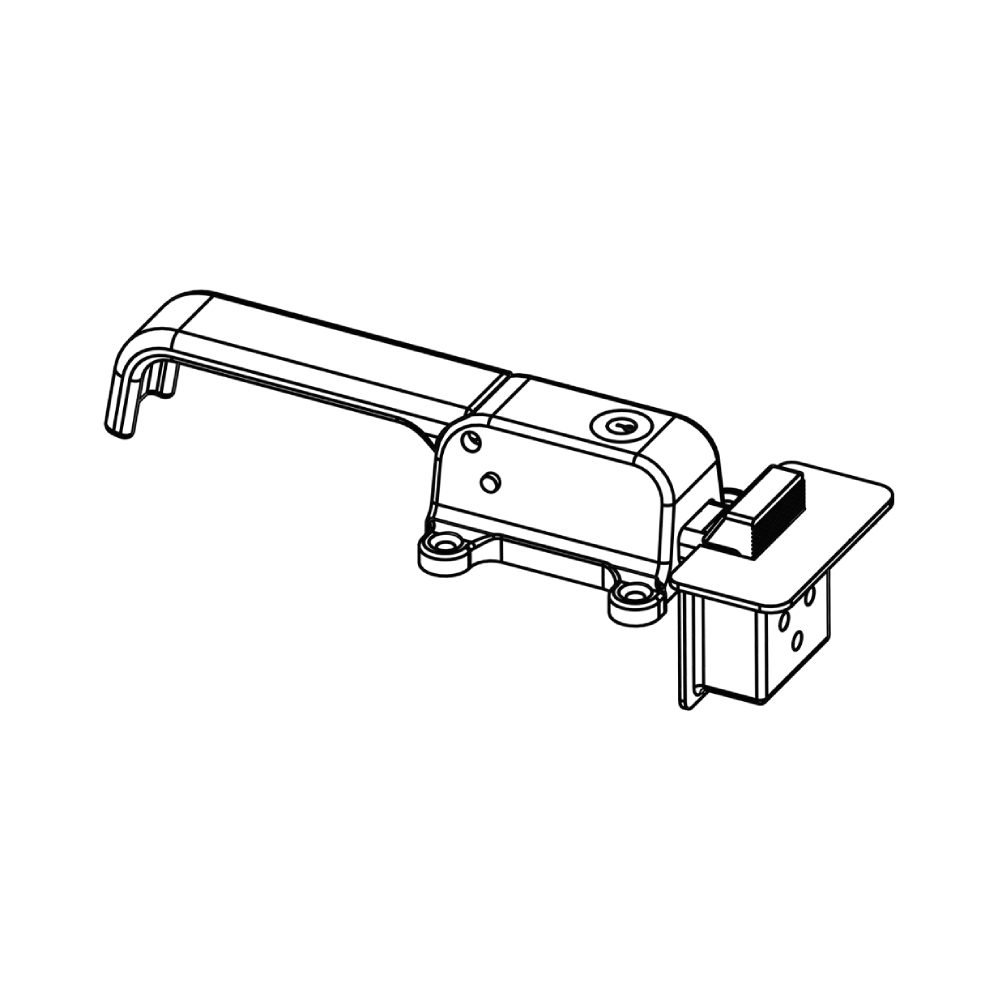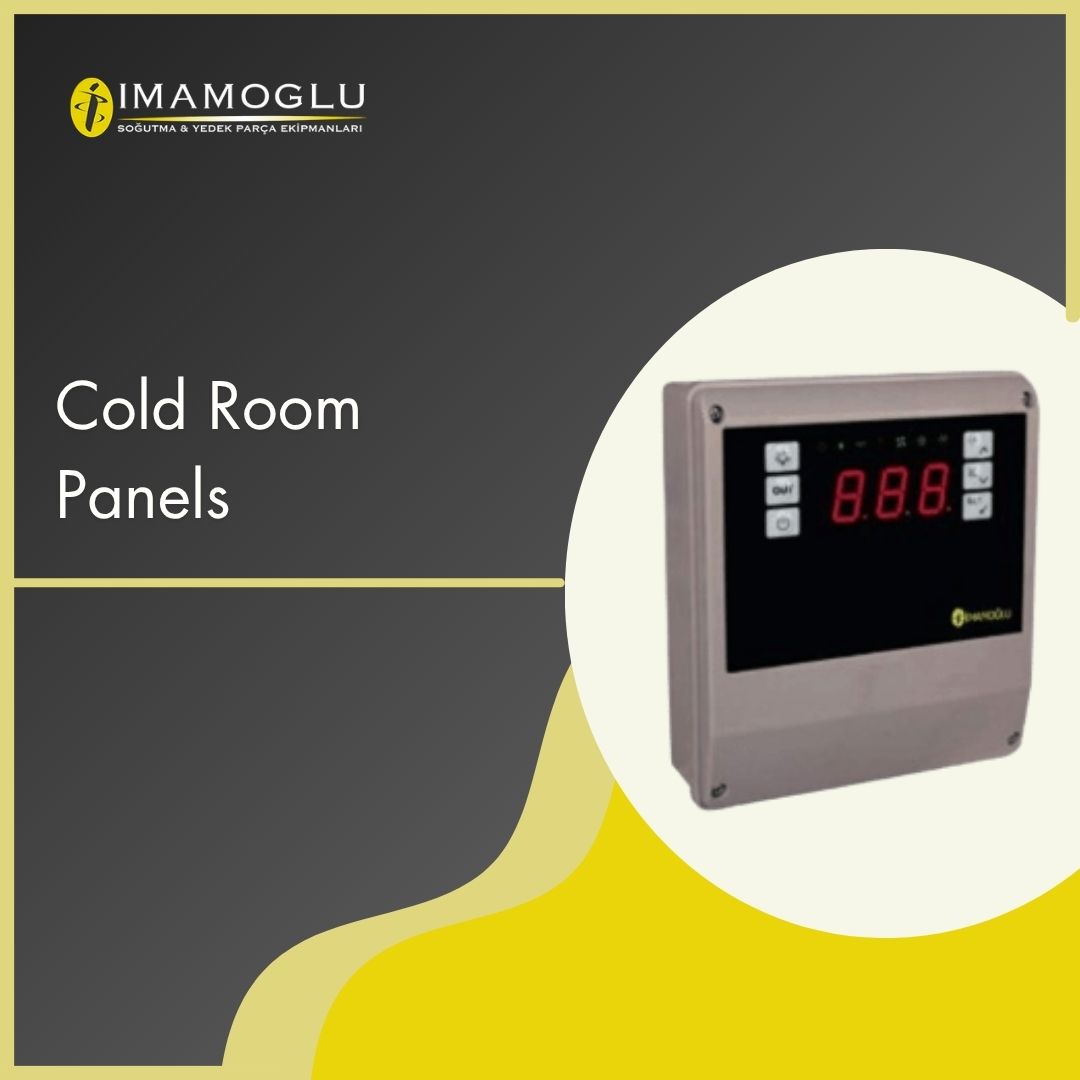Cold Room Panels
Structure and Purpose of Cold Room Panels
Cold room panels are insulated wall and ceiling components used in cold storage rooms, industrial refrigeration systems, and similar environments. These panels are designed to maintain low internal temperatures, prevent energy loss, ensure product safety, and meet hygiene standards. As the core structural elements of cold rooms, they are typically manufactured in sandwich panel form, containing an insulating core material between two metal surfaces.
Panels can be produced in various thicknesses (from 40 mm to 200 mm) and with different insulation materials (polyurethane, polyisocyanurate, or rock wool). Designed to be compatible with door, floor, and ceiling systems, these panels enhance the cold room's energy efficiency and durability.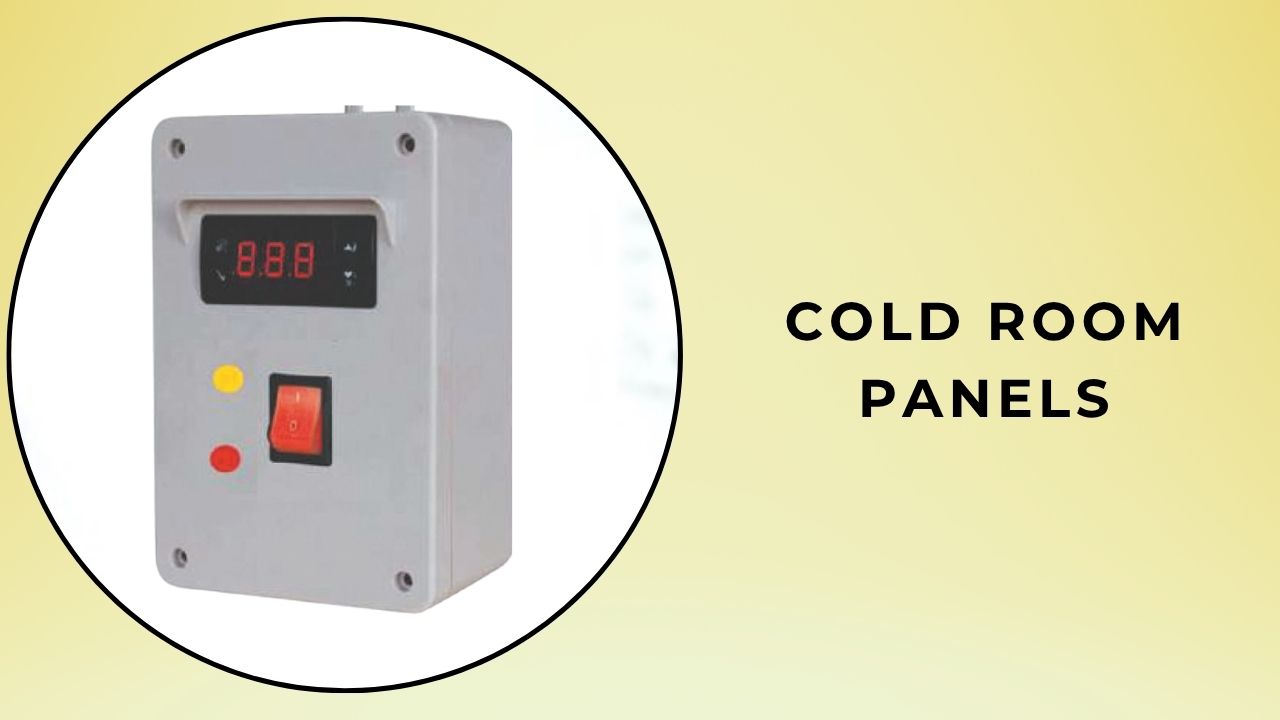
Panel Features and Technical Specifications
Cold room panels are specially engineered to meet the needs of high-performance refrigeration systems. Key technical features include:
- Superior Thermal Insulation: Core materials such as polyurethane or polyisocyanurate offer low thermal conductivity, minimizing energy loss.
- Durable Surfaces: The outer surfaces are typically coated with corrosion-resistant materials like galvanized steel, stainless steel, or aluminum.
- Airtight Sealing: Panels are equipped with locking systems and gaskets at joints to prevent air and moisture leakage.
- Modular Design: Can be manufactured in standard or custom sizes, providing easy installation.
- Fire Resistance: Rock wool or fire-retardant core materials offer additional fire protection.
Industry Use and Application Areas
Cold room panels are used across a wide range of industries. Main application areas include:
- Food Storage and Preservation: In cold rooms used for storing fresh, frozen, or shock-frozen products, panels help keep items fresh for extended periods.
- Medical and Pharmaceutical Warehouses: Medications, vaccines, and sensitive medical materials require stable temperatures; panels help maintain these conditions.
- Cold Chain and Logistics: In cold chain transportation and storage facilities, panels ensure energy efficiency and product safety.
- Commercial Kitchens and Retail: Panels used in cold rooms for restaurants, hotels, and supermarkets support hygiene and aesthetics.
Advantages of Panels
Cold room panels offer various advantages to businesses and users:
- Energy Efficiency: High insulation capacity reduces energy consumption of cooling systems, lowering operational costs.
- Fast Installation: Modular design allows for quick and easy assembly.
- Hygienic Surfaces: Smooth, easy-to-clean surfaces support hygiene standards in the food and pharmaceutical sectors.
- Durability: Materials resistant to corrosion and low temperatures provide long-lasting use.
- Customization Options: Available in different thicknesses, colors, and materials to suit project-specific requirements.
Production Process and Material Types
The production of cold room panels involves a precise engineering process with the following steps:
- Design and Planning: Panel design is based on the project's insulation needs, dimensions, and intended use.
- Core Material Selection: Insulation materials such as polyurethane, polyisocyanurate, or rock wool are selected. Polyurethane is commonly used for its high insulation performance.
- Surface Coating: External surfaces are coated with galvanized steel, stainless steel, or aluminum for corrosion protection. These surfaces may also be painted or laminated.
- Sandwich Panel Production: The core material is injected or bonded between two metal sheets to form the sandwich panel.
- Quality Control: Panels are tested for insulation performance, durability, and airtightness to ensure compliance with standards.
Material choices vary by application. For example, stainless steel surfaces are preferred in the food industry, while rock wool is used in high fire-risk environments.
Types and Varieties of Panels
Cold room panels are diversified based on different needs and applications:
- Chill Room Panels: Designed for rooms maintaining 0°C to 8°C, typically 60–100 mm thick.
- Freezer Room Panels: Suitable for temperatures at or below -18°C, with thicker panels (100–150 mm) and higher insulation.
- Blast Freezer Panels: Designed for ultra-low temperatures down to -40°C, typically 150–200 mm thick with high-density core materials.
- Modular Panels: Lightweight and easy-to-assemble panels for small-scale cold rooms.
Installation and Maintenance Tips
Proper installation and regular maintenance of cold room panels are essential for long-term, efficient use. Key recommendations include:
- Accurate Measurement and Planning: Panels should be cut and placed to fit the exact dimensions of the cold room.
- Professional Installation: Expert teams should ensure correct alignment and locking of the panels.
- Regular Cleaning: Panel surfaces should be cleaned with hygienic solutions to prevent moisture and dirt buildup.
- Seal Inspection: Panel joints and gaskets should be regularly checked for airtightness.
Panel Manufacturers and Industry in Turkey
Turkey has a robust industry in cold room panel production. Leading manufacturers include:
- İmamoğlu Soğutma: Offers a wide range of polyurethane and rock wool core sandwich panels.
- Erdemler Soğutma: Known for panels with high insulation performance and customized solutions.
- Star Alüminyum: Specializes in industrial cold room panels and accessories.
These companies serve both domestic and international markets and present their products through detailed catalogs.
Environmental Impact and Sustainability
Cold room panels play an important role in environmental sustainability. Their impact and sustainable features include:
- Energy Saving and Carbon Footprint Reduction: High insulation reduces energy consumption of cooling systems, lowering the overall carbon footprint—making it an eco-friendly solution.
- Recyclable Materials: Materials like aluminum and steel surfaces contribute to sustainable production with their recyclability.
- Eco-Friendly Core Materials: Bas... (Note: The final bullet point was cut off; let me know if you'd like the full version completed.)


